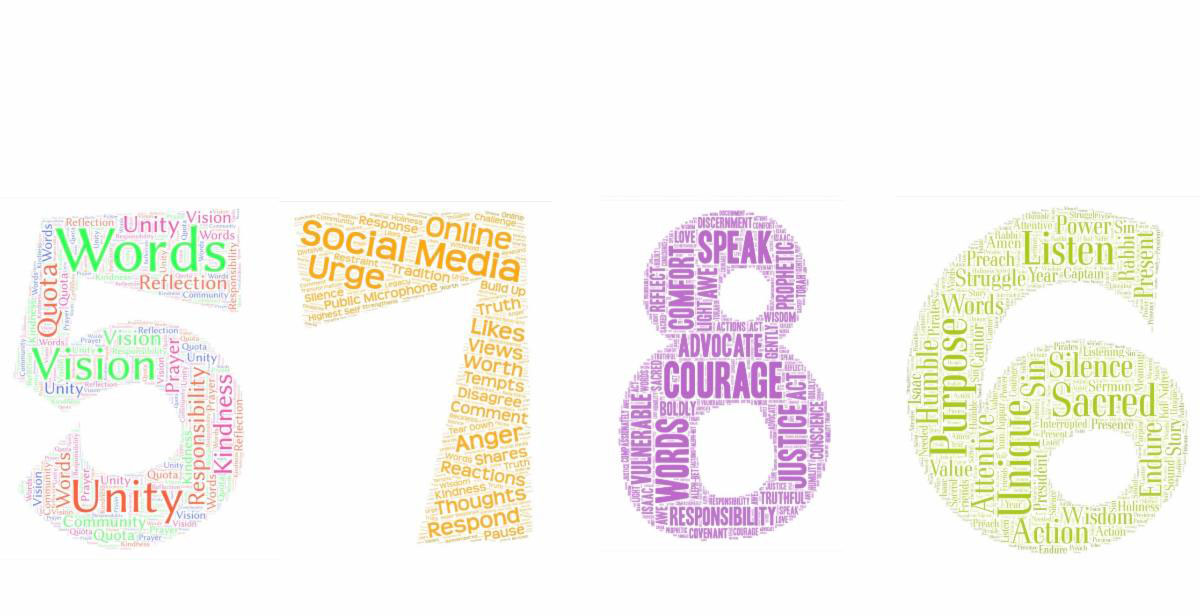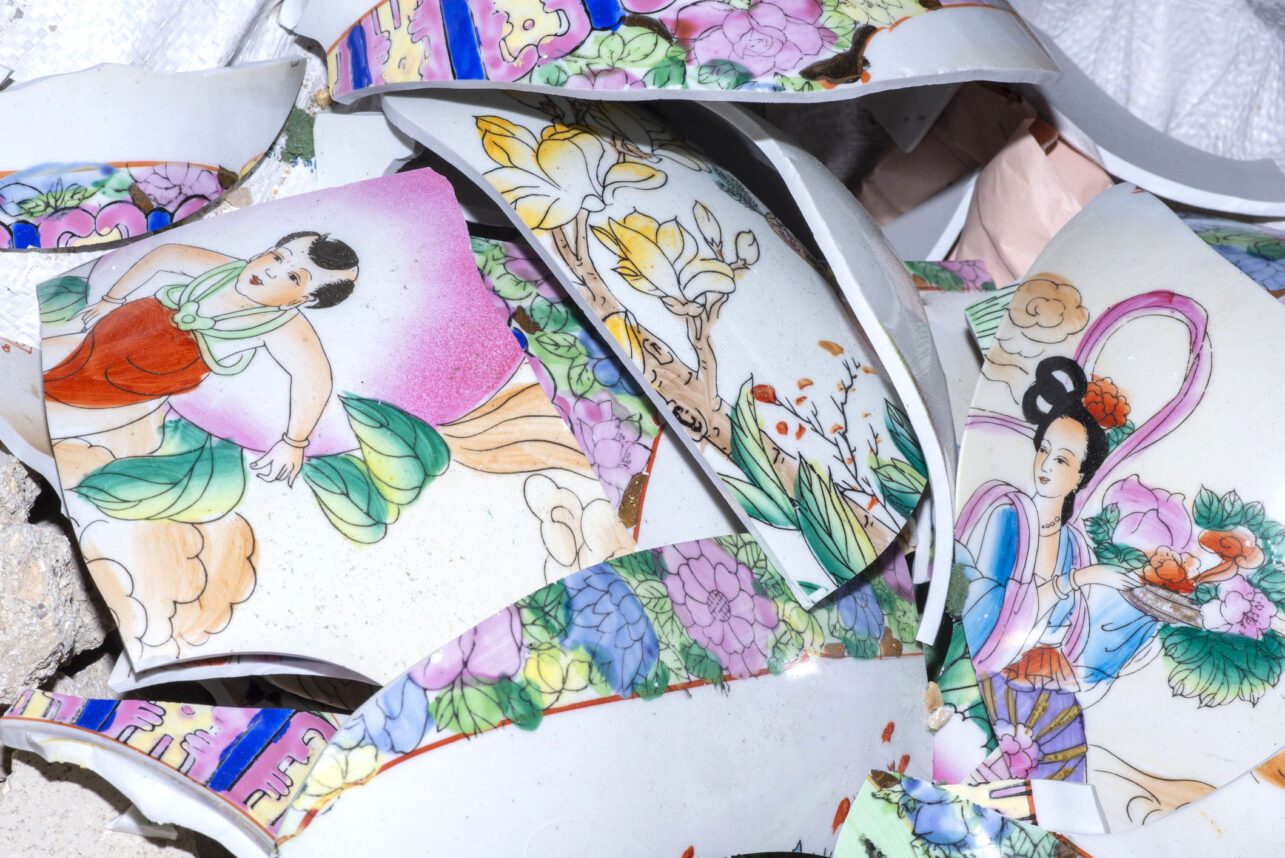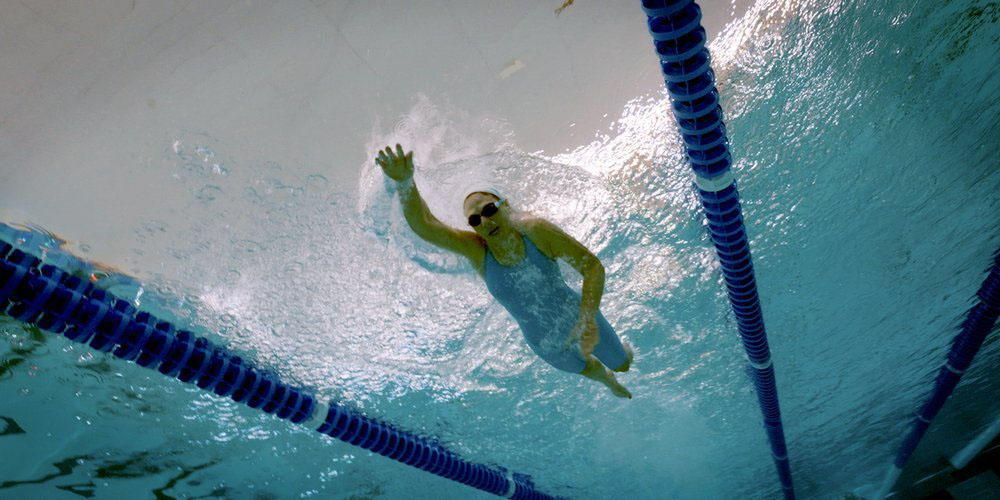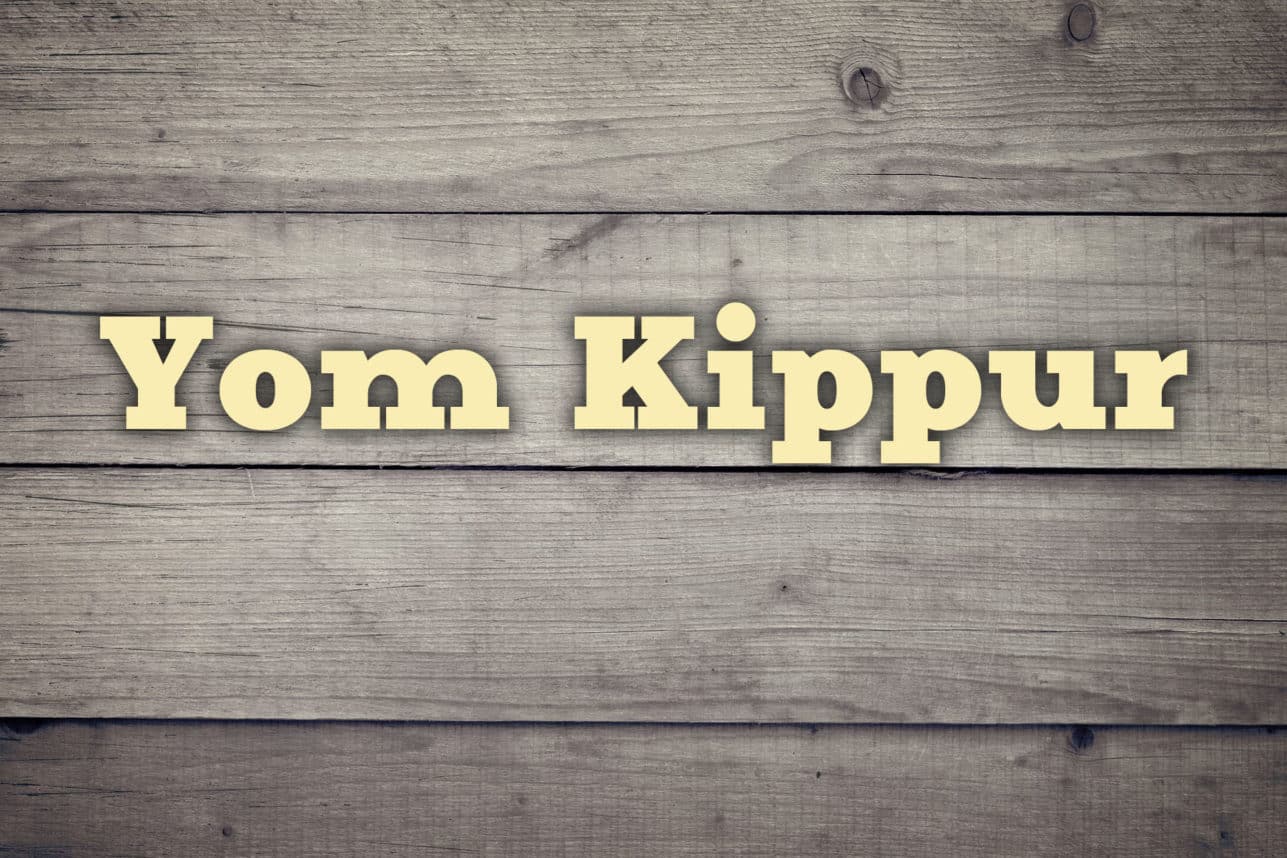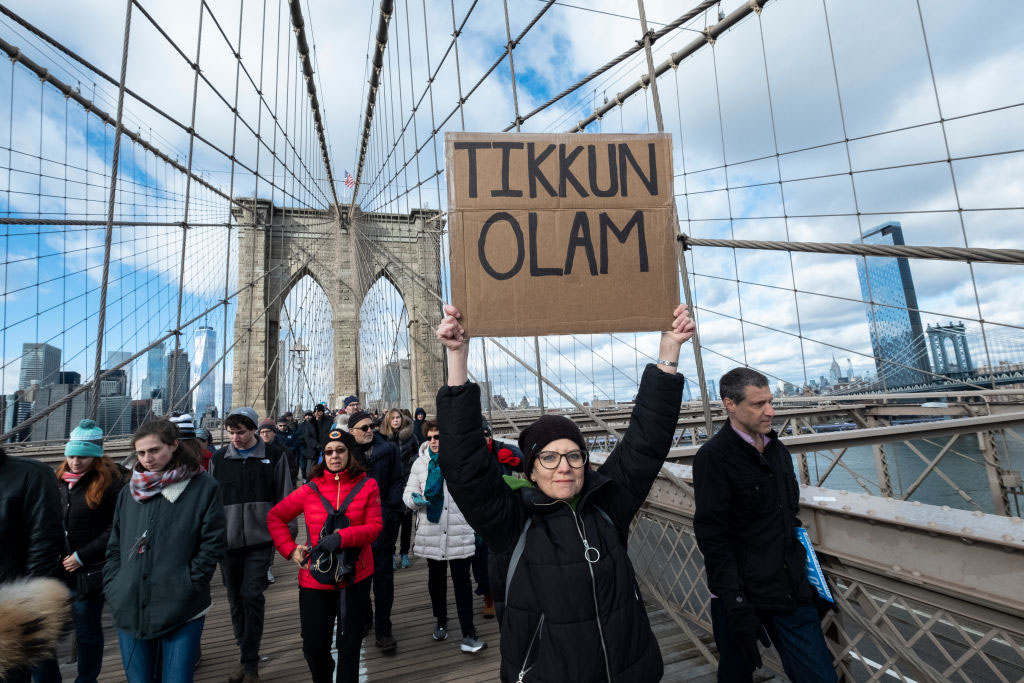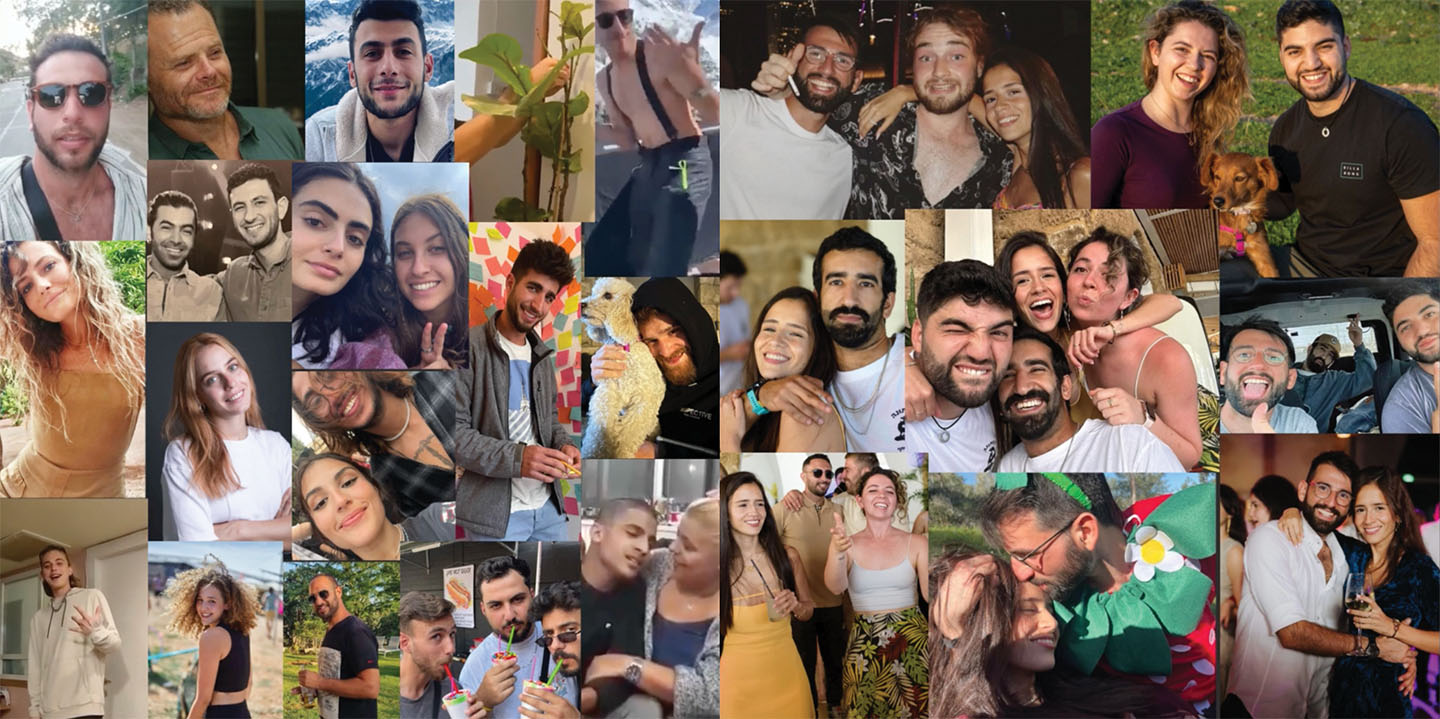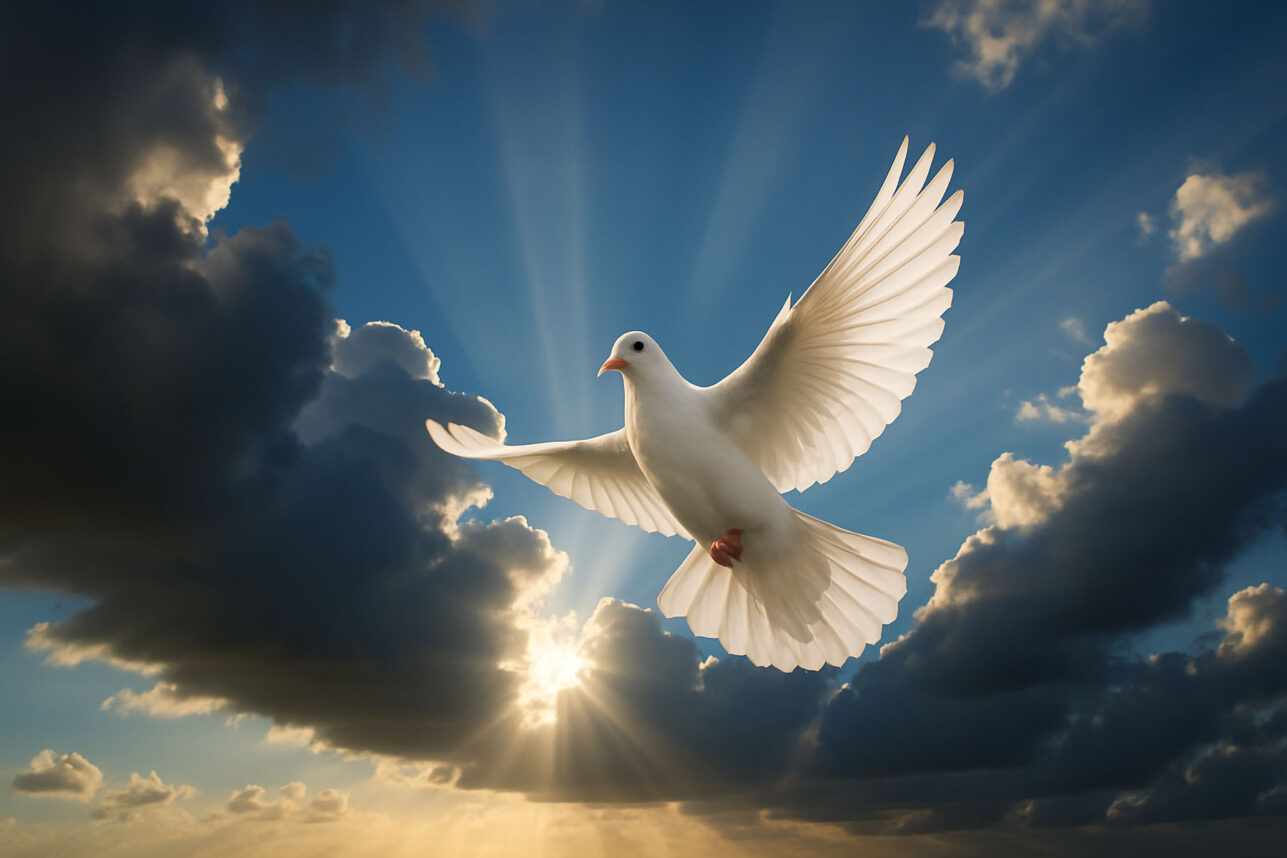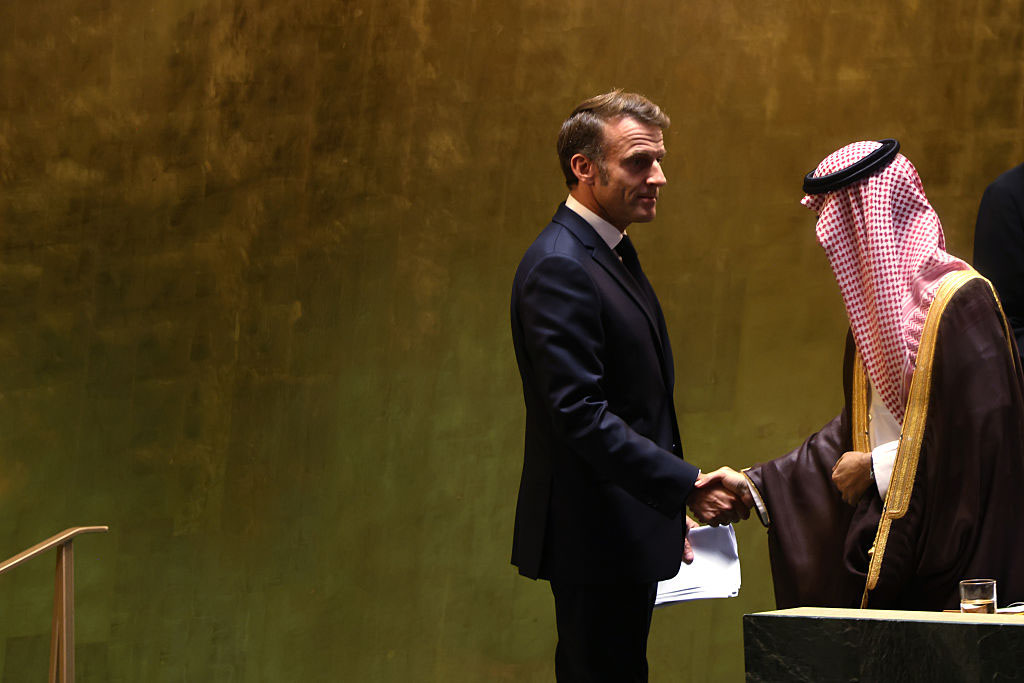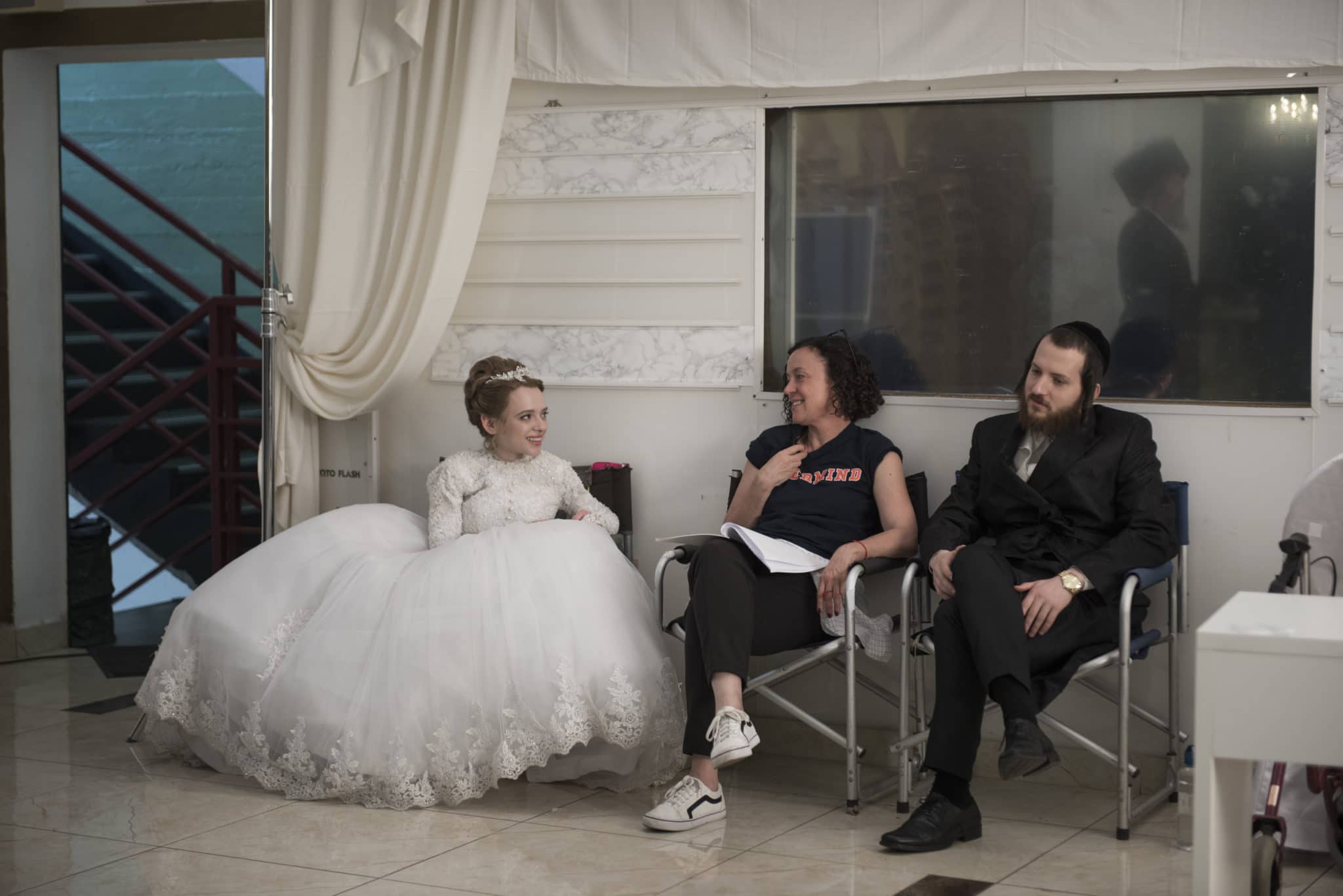
With the Emmy Awards less than six weeks away, the Variety Streaming Room presented an exclusive virtual interview celebrating the Netflix limited series “Unorthodox” after a screening of the premiere episode.
Lead actress Shira Haas (Esty Shapiro), director Maria Schrader, writer and creator Anna Winger, casting director Esther Kling and costume designer Justine Seymour — all Emmy nominees — logged in from their homes around the world to discuss their reactions to the show’s eight nominations and share highlights from their “Unorthodox” experience.
Kling said she made a concerted effort to cast the Jewish roles with Jewish actors, preferably those familiar with ultra-Orthodox Judaism. “You can do loads of research but it’s easier for a showrunner or director to work with people who are well acquainted with the community,” she explained. But according to Winger, that “limited our choices in Germany,” the location of the shoot. Ultimately, they found their leads in Israel: Haas, Amit Rahav (Yanky Shapiro) and Jeff Wilbusch (Moishe Lefkovitch), who grew up in the Satmar community in Jerusalem. Although Etsy and Yanky have a doomed marriage, in real life Haas and Shapiro have been great friends for 10 years and are now neighbors. “If I shouted right now he could hear me through the walls,” Haas said. “Doing this with him was really magical.”
“Unorthodox’s” designers also turned to the Charedi community in the name of verisimilitude. After reading Deborah Feldman’s memoir, the series’ inspiration, Seymour researched on her own and watched every film about Jewish communities she could find. Then, with Eli Rosen — the series’ Yiddish adviser (who also plays the rabbi) as a guide — she, Schrader, and the other department heads went to Williamsburg in Brooklyn, N.Y., last year. “We walked around, ate at delis, and went to clothing shops, taking photographs,” Seymour said. “I managed to get a few people to talk to me on the street. I got a young lady to tell me how the head scarfs were tied. We got a really fantastic insight from the ground up.”
“From a writing standpoint, weaving the two parts of the story together was the greatest challenge, also because it’s a genre mix,” Winger said. “It’s a romantic tragedy on one side and also has a thriller engine.”
For Schrader, the challenge was the wedding scene, which involved wrangling hundreds of actors and extras. “It was the most expensive part of the shoot and we did a lot of rehearsal before,” she said. “When the room is filled with 300 people, that puts a lot of pressure on a director.” And, added Winger, “It was really, really hot.”
The wedding also provided Seymour with her greatest challenge. She wanted a gown that was “something really sumptuous and crazy and huge and fantastic,” for Etsy, “something that a young bride would think a princess would have,” she said. “I couldn’t actually afford that so I went on eBay and looked at 10 different dresses. I found one and took Shira to do a fitting, but it was too long. It was huge. It drowned her. But it was the right price and I knew that we could make it into what we wanted. I bought it and we cut it up and rebuilt it. Hopefully it wasn’t too painful for Shira because it was a very heavy dress.”
“It’s almost a sculpture, more than a beautiful wedding dress,” Haas commented. “It echoes the festive event and the burden at the same time —it serves the narrative.” Her greatest challenge was not the one-take scene in which her head was shaved before the wedding, shot on the first day of shooting, but the climactic audition scene at the end of the series.
“It’s a story about a woman finding her voice and in that scene, she’s literally finding it,” Haas said. “She even surprises herself with what comes out of her. It was a huge responsibility for me. There were a lot of people in the audience and no one but Maria knew what would come out of me so it was almost like a real audition. I love to sing and singing is also acting, the way I see it. It was a really emotional shooting day for me.”
Asked about her thoughts on the series’ success, Haas noted that since its premiere in March, “People have reached out and said this is their story; they could really relate to it. The place Esty is coming from is really different from me, but when I read it, I saw myself in Esty. It’s about finding yourself, finding your voice and the value of freedom. It’s a very universal thing and I hope people feel the way I felt about it.”








